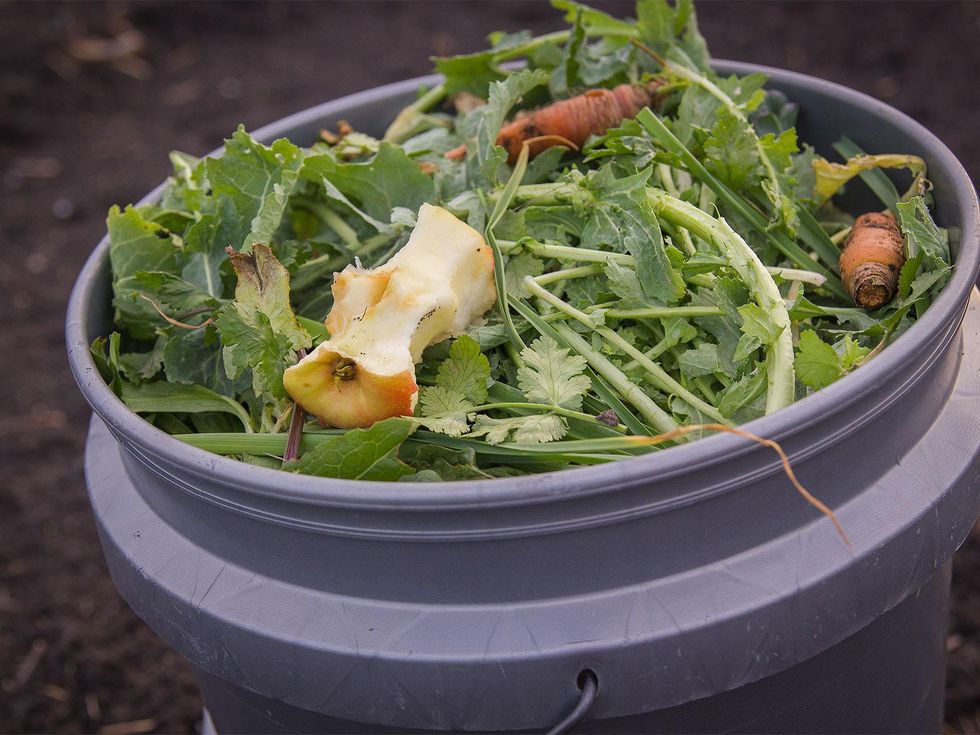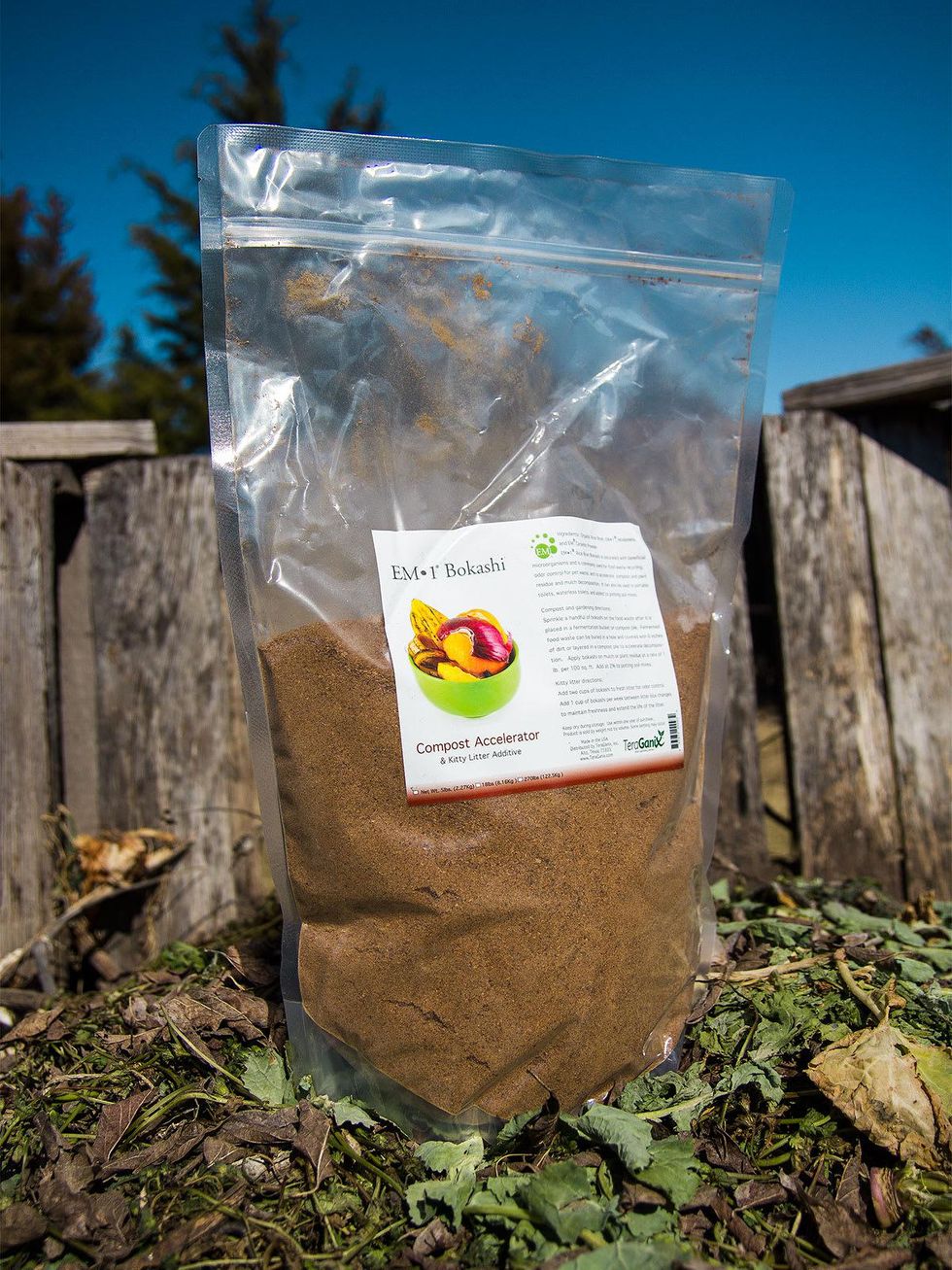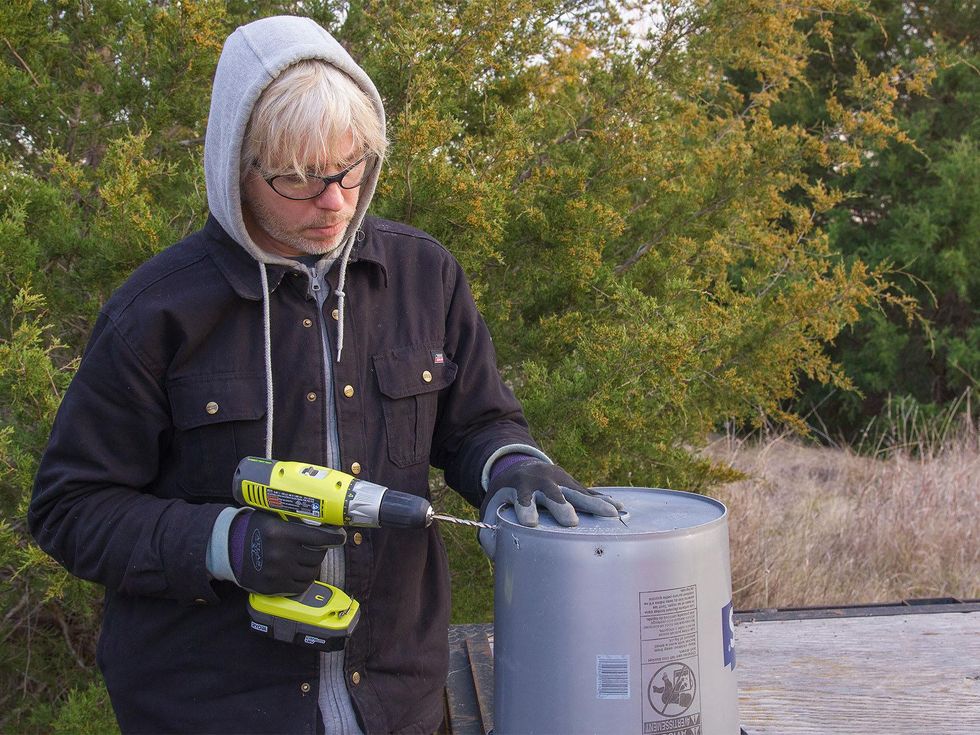The Farmer Diaries
Texas farmer experiments with indoor-friendly bokashi composting
I compost because I must. Like a shrewd, miserly old banker who spots a penny on the bank lobby floor, I look into the kitchen sink after a night's dinner and feel compelled to recover my treasure. The carrot tops, kale stems, potato peels and any other scrap are rich in nutrients and minerals, waiting to be unlocked for a new generation of crops after they break down for a few months in a compost bin.
But I am lazy and not fond of the 50-yard-long trek from my back door to the compost bin, especially if it's cold or raining. Vowing to take them out the next morning, I'll set the scraps outside my back door. But often, they're found by a possum who spreads them out to take his pickings, leaving me with a scattered mess to clean up.
Bokashi composting can be done indoors — even in the kitchen. Aside from its convenience, it retains more minerals and other elements.
I can't simply toss the scraps in the trash to be hauled off to the landfill. But the process feels less like a chore since I discovered bokashi composting.
In Japanese, bokashi describes something that's hidden and aptly applies to the method of compost it names. The opposite of a traditional backyard compost pile that relies on exposure to oxygen, bokashi composting is an oxygen-starved form of composting. As such, it must take place in an airtight container, or deep underground, hence in a hidden place.
Usually, organic material left to decompose in an airtight container becomes putrid, emitting an unbearable stench. In bokashi composting, the addition of microorganisms ferments the material and produces only a mild odor of vinegar.
The microorganisms overcome putrefying bacteria while breaking down the food scraps. The process takes only a few weeks, not the three months to a year needed in a backyard compost pile.
Bokashi composting can be done indoors — even in the kitchen. Scraps are added to a composting bucket with a sprinkling of commercially available rice bran that's been inoculated with the microorganisms. They begin their job immediately, keeping potential odor in check, even with the addition of meat, eggs and kitty litter (three things that should never be tossed into a traditional compost pile).
Bokashi in steps
To make a simple bokashi compost system, I used two 5-gallon buckets and one lid. Following a design from the book Bokashi Composting by Adam Footer, I drilled a dozen holes in the bottom of one of the 5-gallon buckets and stacked that inside the other bucket. Food waste goes into the drilled bucket, which allows liquids to drain off.
Each time I add food scraps, I sprinkle on some bokashi bran, then seal the lid on the top bucket to create the anaerobic conditions the microbes need.
I check the lower bucket every few days to see if there's any bokashi tea, a waste liquid I can pour directly into my garden beds where it infuses the soil with healthy bacteria and fungi. You can also pour the tea down the drain; doing so is purported to keep pipes clean and clog-free.
Eventually, the bucket with the waste gets full of scraps. At that point, I place the lid onto the top bucket and let the waste ferment for two weeks, draining off the liquid as needed. After two weeks, the food scraps are partially broken down but need to be finished off in either a compost bin or in a hole in the ground.
In the compost bin, the scraps act as a compost accelerant. In the garden beds, buried six inches deep, the scraps turn into a material almost indistinguishable from the native soil. In either case, the scraps complete their breakdown in two weeks, or four weeks from when the bucket lid is sealed one last time until when the scraps are broken down completely in the soil or compost pile. As composting goes, that's fast.
Aside from its convenience, bokashi composting retains more minerals and other elements, and produces almost no gas, unlike backyard compost bins that emit carbon dioxide, methane and other greenhouse gases responsible for global warming.
Because the method can be practiced anywhere a 5-gallon bucket can be stored, bokashi composting requires no backyard and no heap of organic matter. An apartment dweller can do it too, then bury the scraps in potted plants or hand them over to a gardening friend.
Bokashi composting is a way for anyone who's eco-conscious to divert organic waste from the landfill and turn it into a resource. For me, bokashi composting is a new, simple way to save every last scrap from the kitchen cutting board and make it work for my crops.




